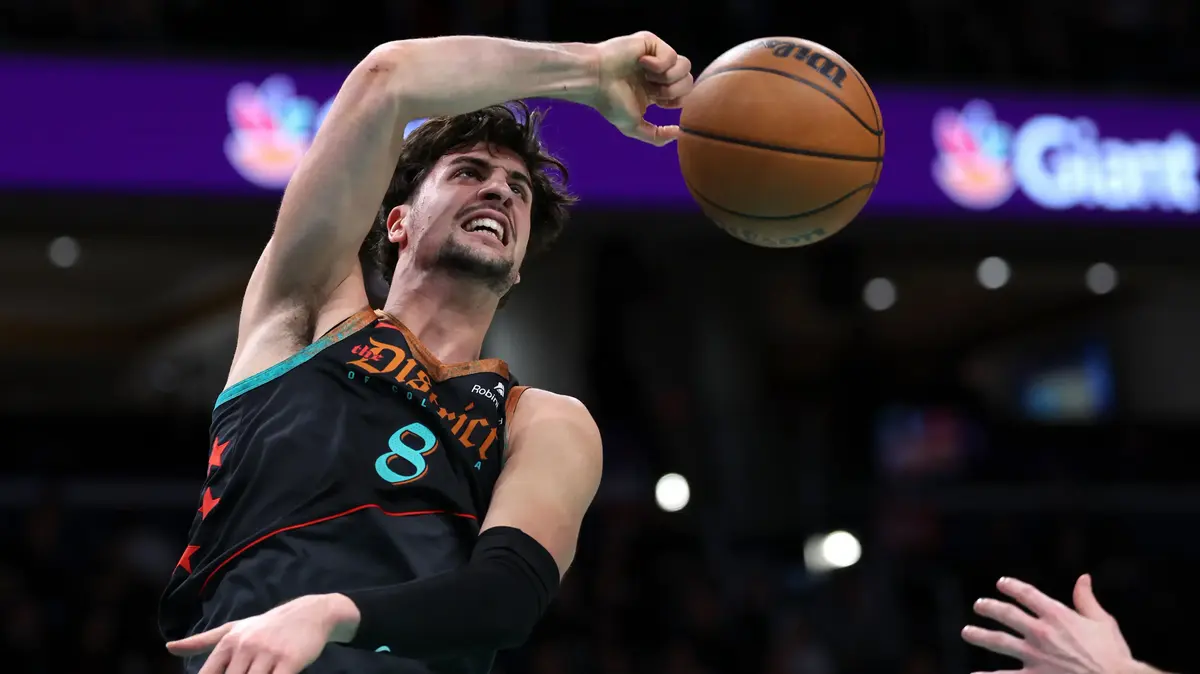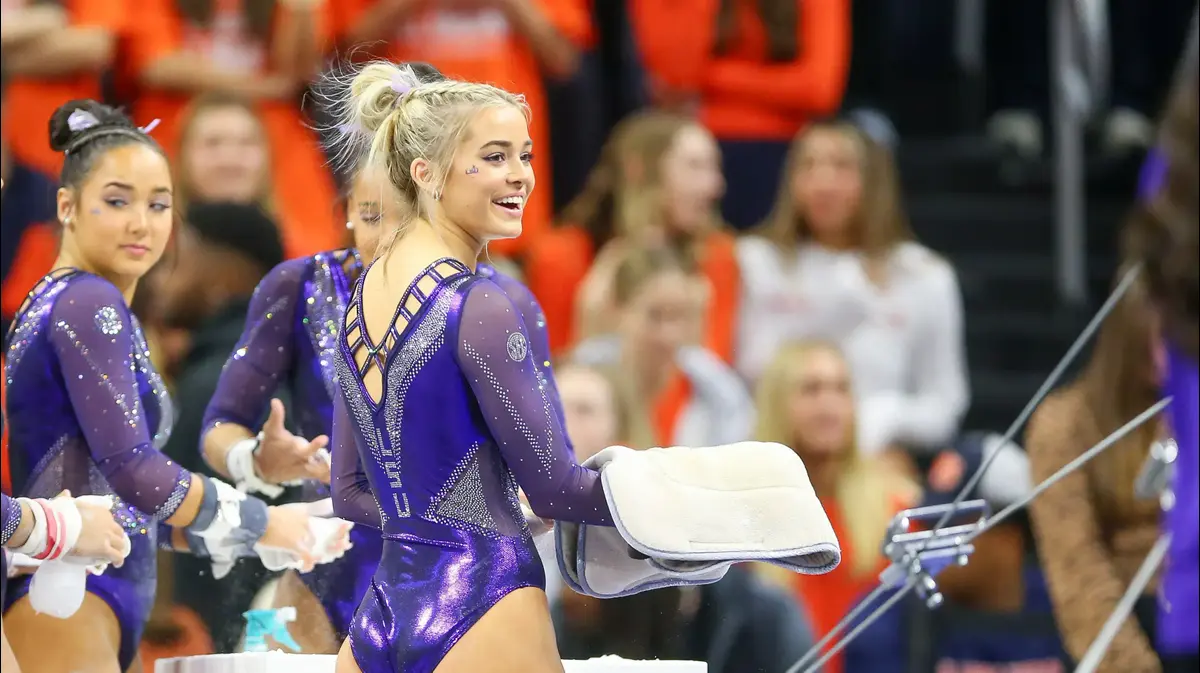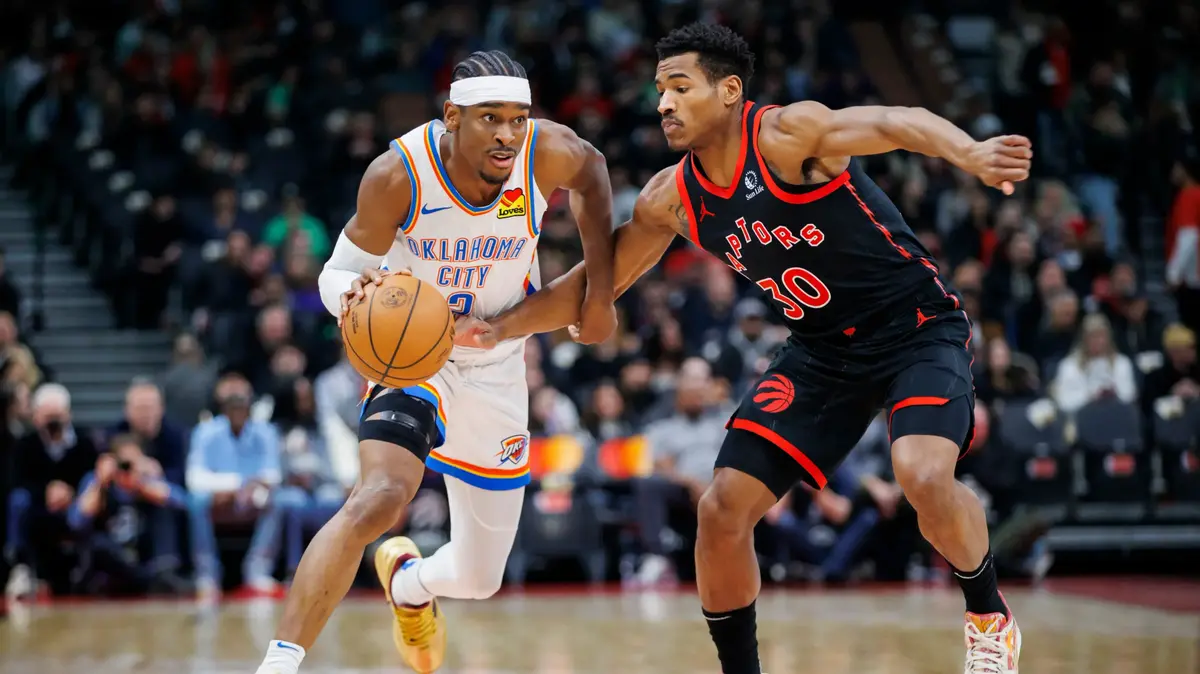The great Indian chief has spent the night sewing.
He appears in the hotel
hall
and smiles with a welcoming face, like a calm man who knows everything.
It is Thursday, November 17.
At 80 years old, Big Chief Monk Boudreaux has just set foot in Spain for the first time, ready to enjoy himself in Santiago de Compostela, a city where two days later he gave a concert as part of the Outono Códax Festival program, which broadcasts the best jazz music , soul and
rhythm and blues
from the United States and Europe.
It was a historic concert: never before had an old chief of one of the original Indian tribes of New Orleans performed before a Spanish public.
"He takes things as they come," he says.
"It is never too long if the end is reached."
Monk Boudreaux is more than a musician.
Halfway between a high-ranking administrative representative of the African-American community in New Orleans and a spiritual leader, this singer with a deep, deep voice mixes with fascinating skill all the strands of American black roots music: jazz, blues, soul,
funk
and
rhythm and blues
.
Even, as heard on his latest album,
Bloodstains & Teardrops
―for which he was nominated for a Grammy in the category of Best Roots Album―, he is capable of diving into reggae.
It is no coincidence: there is a whole invisible path that connects New Orleans with Jamaica, in a vibrant and mestizo spirit with an Afro-Caribbean sound.
"The feeling unites us," he confesses.
"We are brothers since before we were born."
A fan of Bob Marley, Monk Boudreaux made a pilgrimage to the king of reggae's grave on the mountain and recorded six songs at Tad's International Limited studio in Kingston, Jamaica.
He met Marley's relatives and they recognized him as "the same".
Monk Boudreaux is an equal to Bob Marley and to many New Orleans legends with whom he has sung and danced: Professor Longhair, Allen Toussaint, Dr. John, Irma Thomas… They all respected him and asked his advice.
Sitting down, he remembers that he paraded at the funerals of Toussaint and Dr. John, in that famous
second line,
the tradition of the city in which, although a band plays sad music while taking the deceased to the cemetery, right after, when they return home, they return with happy music.
The dead are said goodbye with an embrace of winds and metals drawn from the depths of the Louisiana earth and with improvised dances.
“Dr.
John knew everything about our tribes.
He came to our bars and he could be with us all day talking and studying our way of being", says Monk Boudreaux, who defines Allen Toussaint, who died in Madrid after a concert, as "a kind guy", and that, he adds , "is the most valuable."
He also dealt with other illustrious names.
Bob Dylan once approached him and told him that he loved what he did.
“The guy wasn't very talkative,” he recounts with a chuckle.
"He seemed like a nice person, but he didn't like to stay with people for more than a few minutes."
With James Brown he was different: Big Chief Monk Boudreaux and his band went to record in New York in the seventies and had a performance before James Brown in a room.
When he learned that Big Chief Monk Boudreaux would act before him, he thought of banning it.
No one could go after a great New Orleans Indian chief.
It wasn't just disrespectful: it was also shooting himself in the foot.
So it was.
James Brown was in the background.
Big Chief Monk Boudreaux, in another moment of his performance in the Capitol room of Santiago de Compostela.Cris Andina
With his crouching alligator movements and his hypnotic dance, this Indian chief always enchants on stage.
There's an ancient cadence to his movements, even when he slides his hands to express himself.
When he looks at you, with his old smile, it seems that he is deciphering your soul.
His look is deep like the Mississippi, a river that, like the city where he was born, has accompanied him all his life with its extraordinary flow.
Monk Boudreaux remembers how as a child he listened to Al Johnson on his home radio as if he were an alien and, back on the street, the old men from his neighborhood sang the blues on their porches and he stayed with them until very late.
At age 12 he joined the Golden Eagles tribe, one of the oldest in New Orleans.
"When we were children and we dressed up and masked, they put us in jail,"
reminisce.
“This happened until one day the judge said: 'Don't send these Indians here, don't bring them back because this is their tradition.'
It is so.
We've been in New Orleans a long time and we're never going to give up our tradition."
The first tribes of New Orleans were formed at the end of the 19th century and today they act as integration groups for African-American communities while defending traditions and values.
For a freed black slave, becoming an "Indian" was a way of affirming his dignity and expressing admiration for the resistance of the Indians to white domination.
Shut out of the festivities of Mardi Gras, a tradition imported to Louisiana by the French in the late 17th century, New Orleans' black neighborhoods developed their own festivities.
Now, the Mardi Gras Indians are a revered part of the city's cultural fabric.
Treme
series
, directed by David Simon, reflects this importance.
In fact, Big Chief Monk Boudreaux is named in the first chapter, as one of the great Indian chiefs of the city and makes a cameo in another episode.
Big Chief Monk Boudreaux poses with the cathedral of Santiago de Compostela in the background on November 17.MARTÍN CALVIÑO
On the screen he is seen as a normal citizen, just as he walks through Santiago.
Dressed in a Saints wool cap, the famous New Orleans football team, this octogenarian exudes peace.
It is as if it were a form of resistance against the perverse dynamics of the world, even more so when you live in New Orleans, one of the cities with the highest rate of muggings and deaths by assault with weapons in the United States. Off the microphone, John Papa Gros, the incredible big white organist who accompanies him in the band, tells of the day he and the Indian chief were held up at gunpoint near his home.
They were about to enter a store when a young man pointed a revolver at them and Monk Boudreaux, without losing his temper, stared at him until he began to speak.
With his shamanic tone,
the old chief managed to get the assailant to lower his weapon and listen to him.
The young man began to cry and recognized that he was very angry because his best friend, as lost and poor as he was, had died in a shootout.
Boudreaux understood the situation, hugged him and invited him to join the Golden Eagles.
“We don't want people who are going to bring trouble to the tribe,” he confesses.
"But sometimes we are able to see beyond people and glimpse other options in them."
When Monk Boudreaux started parading in his first carnivals, New Orleans had nine tribes.
Now there are almost 60. At first, tribes competed to dominate each other in parades and on street corners.
There were street clashes fraught with danger.
After several deaths and so much suffering that only harmed the African-American community, the Indian chiefs agreed to evangelize their tribes in peace and change their behavior.
They made it.
Now, the Golden Eagles compete with the Black Cherokee, the Geronimo Hunters or the Wild Apache in symbolic combat, rivaling each other with ritual songs and dances.
Also with the exuberance of their costumes inspired by the ceremonial clothing of the Indians of the plains.
“We don't let violence exist.
Mardi Gras is a celebration."
explains Monk Boudreaux.
In this way, sewing workshops replaced weapons.
Dressing in the flamboyant sequined and glittery costumes and ostrich feather headdresses while dancing and singing is a way for African-American communities to pay tribute to the Indians who welcomed runaway slaves in the Louisiana swamps.
Monk Boudreaux leaves the hotel lounge and goes up to his room.
John
Papa
Gros tells that it is rude to ask him if you can see the costume he is making for the next Mardi Gras.
"It's an offense," he says.
"You can only start from it by sharing it with someone."
The Indian chief returns and shows a piece of cloth sewn by himself that day.
It has come out of him.
The costumes, which can weigh up to 70 kilos, are made by hand.
As Monk Boudreaux explains, they require a year of work.
This morning he has been working on the one that will be put on in February, when New Orleans will once again be a festive pot with the Indian tribes and the orchestras presiding over the carnivals.
Another moment of Big Chief Monk Boudreaux's performance. Cris Andina
Night falls and the big boss waits sitting in the dressing room of the Capitol room, where the Outono Códax Festival is held.
He radiates the same peace of the morning.
John
Papa
Gros and the rest of the band are dishing out some tremendous wax of
hot
jazz and
rhythm and blues
in the truest New Orleans style while Monk Boudreaux, in his robes, ensures that the last thing a boss should put on before going out into the The stage is, in this order, the gloves and the crown of feathers.
He puts them on and, behind the scenes, he walks slowly towards the stage, as if dancing gently with the frenetic rhythms that come from afar.
He goes towards them, like a bird looking for the sun.
John
Pope
Gros confessed that when he first saw Big Chief Monk Boudreaux, he felt "an electric pinprick."
"Man, he's never seen anything like it.
He
shocks
you and then lifts you up.
It's another level that you can only see in New Orleans,” he said.
And he explained that only when Big Chief shakes his head and cries out to heaven with white eyes, as if possessed by voodoo magic, does one come to understand what the music of the New Orleans Indians means.
It doesn't always happen.
The red curtains are drawn and a huge orange, blue and platinum peacock appears from the shadows.
The great Indian chief dances, swings, plays the tambourine and prepares to carry out his electric prick spells.
The ecstasy arrives.
He shakes his head and bellows into the night, haunted-eyed and traveling across the Mississippi.
The band explodes with its unique, ancestral, tribal explosion.
When it's all over, Big Chief Monk Boudreaux, the same old man who stated in the morning that his philosophy of life is to “treat others better than they treat you”, will return to his hotel room and continue sewing his new suit.
"It's never too long if the end is reached," he said.
Every pang is one more step toward Mardi Gras.
And, as they say in New Orleans, you haven't really lived at all if you haven't known Mardi Gras.
Subscribe to continue reading
Read without limits
Keep reading
I'm already a subscriber









